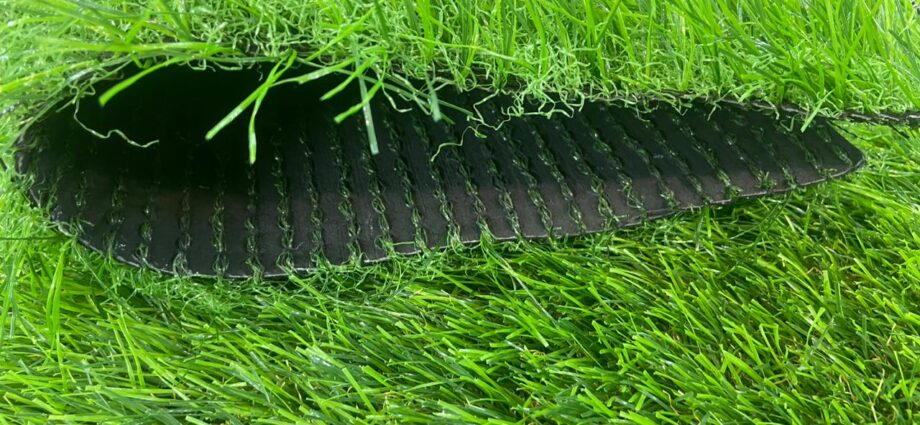Artificial grass, also known as synthetic turf or fake grass, is a surface made of synthetic fibers that mimic the appearance and feel of natural grass. It is used for a variety of purposes, including landscaping, sports fields, and playgrounds. In recent years, artificial grass has gained popularity as a viable alternative to natural grass, with many people choosing to install it in their yards or on their balconies.
There are several reasons why artificial grass may be a better choice than natural grass. One of the main benefits is that it requires minimal maintenance. Unlike natural grass, which needs to be watered, mowed, and fertilized regularly, artificial grass requires very little upkeep. All it needs is the occasional sweep or hose down to remove debris. This not only saves time and effort, but it also reduces the amount of water and chemicals needed to maintain it.
Another advantage of artificial grass is that it is more durable and long-lasting. Natural grass can suffer from wear and tear due to heavy foot traffic or extreme weather conditions, such as drought or freezing temperatures. Artificial grass, on the other hand, is designed to withstand these conditions and can last for many years with minimal maintenance.
In addition to being low maintenance and durable, artificial grass is also environmentally friendly. Natural grass requires a significant amount of water to maintain its lush appearance, especially in dry or hot climates. This can lead to water shortages and higher water bills. Artificial grass, on the other hand, uses minimal water and can help to conserve this valuable resource. It is also made from recycled materials, so it reduces the amount of waste that ends up in landfills.
Artificial grass is also a great choice for people with allergies or sensitivities to grass. Natural grass can produce pollen and other allergens that can cause allergic reactions in some people. Artificial grass, on the other hand, is hypoallergenic and does not produce pollen or other allergens.
Another advantage of artificial grass is that it can be used in a variety of settings, including residential, commercial, and sports venues. It is perfect for use in areas where natural grass may not thrive, such as in shady or rocky areas. It can also be used in areas with high foot traffic, such as sports fields or playgrounds, as it can withstand heavy use without becoming damaged.
In terms of aesthetics, artificial grass can also be a great choice. It is available in a variety of colors and styles, so it can be customized to suit your individual preferences and needs. It is also a great choice for people who want to have a beautiful lawn all year round, as it does not brown or go dormant in the winter months.
Overall, artificial grass has many advantages over natural grass. It is low maintenance, durable, environmentally friendly, hypoallergenic, and versatile. It is a great choice for people who want a beautiful and functional outdoor space without the hassle of maintaining a natural grass lawn.
How to choose best artificial Grass?
- Determine your needs: The first step in choosing artificial grass is to determine your specific needs. Consider the purpose of the grass, such as whether it will be used for landscaping, sports, or a playground. You should also consider the location of the grass and the climate in your area, as this will affect the type of grass you need.
- Consider the quality of the grass: Not all artificial grass is created equal, so it is important to choose a product that is high quality and durable. Look for grass that is made from durable synthetic fibers and has a realistic appearance and feel.
- Check the warranty: A good warranty is a sign that the manufacturer stands behind their product. Look for a grass that comes with a warranty of at least 8-10 years, as this will ensure that you are getting a product that is built to last.
- Consider the installation process: Some artificial grass products are easier to install than others, so it is important to consider the installation process when choosing a product. If you are not comfortable with installing the grass yourself, you may want to choose a product that is easier to install or consider hiring a professional to do the installation for you.
- Check the drainage: Artificial grass should have a good drainage system to prevent water from pooling on the surface. Look for a grass with a drainage rate of at least 30 inches per hour to ensure that it can handle heavy rain or other water events.
By considering these factors, you can choose the best artificial grass for your needs and ensure that you get a product that will last for many years.

